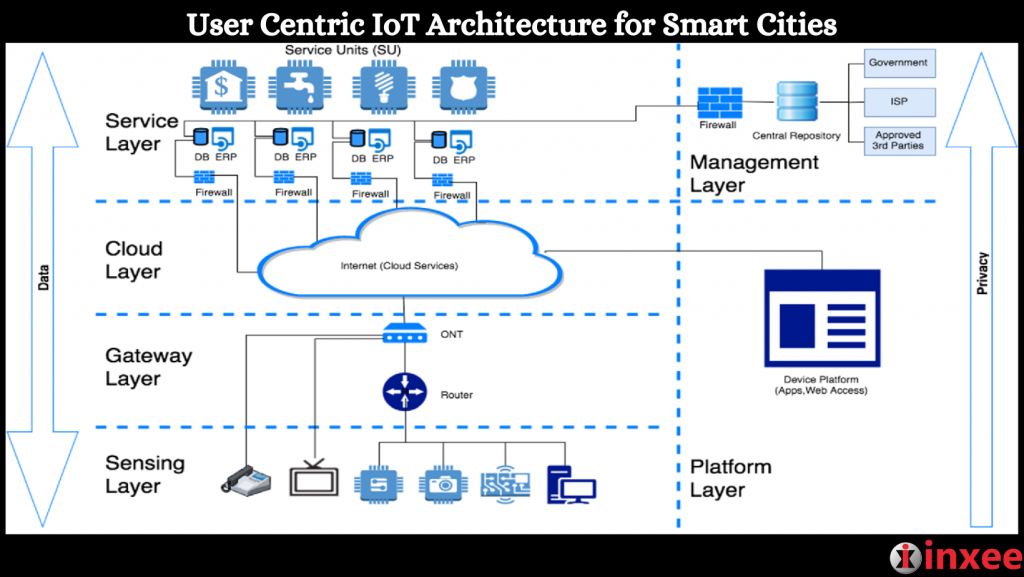User Centric IoT Architecture for Smart Cities
A user-centric IoT architecture for smart cities focuses on providing a seamless and personalized experience to the residents and visitors. This architecture emphasizes the needs and preferences of users, ensuring that IoT systems and services are designed to enhance their daily lives.
At the core of this architecture is a robust and scalable IoT platform that connects various devices, sensors, and applications in the city. The platform enables data collection, processing, and analysis to derive valuable insights for decision-making and service optimization.
To ensure a user-centric approach, the architecture incorporates several key components. Firstly, it includes user interfaces that are intuitive and accessible, allowing individuals to interact with IoT systems effortlessly. This can include mobile apps, web portals, or voice-activated interfaces.
Secondly, the architecture integrates personalization mechanisms that tailor services based on user preferences, behavior, and context. By leveraging user data and analytics, the IoT systems can offer personalized recommendations, alerts, and notifications, enhancing the user experience and satisfaction.
Thirdly, the architecture includes feedback loops that enable users to provide input, express their needs, and report issues. This feedback mechanism allows for continuous improvement of the IoT systems and ensures that user requirements are considered in the decision-making process.
Lastly, privacy and security measures are embedded throughout the architecture to protect user data and maintain trust. Strong data encryption, user consent mechanisms, and anonymization techniques are employed to safeguard privacy while delivering personalized services.
By adopting a user-centric IoT architecture, smart cities can create an ecosystem that prioritizes the needs and preferences of their residents. This approach fosters engagement, enhances the user experience, and ultimately leads to more efficient and sustainable urban environments.










Leave a Reply